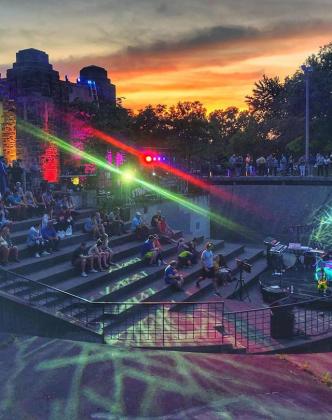Native American Culture
For hundreds of years, the Anishinaabe people used trails roughly following what is now I-96, U.S. 127 and Grand River Avenue, as well as, the river itself to travel for hunting-gathering and trade.
Okemos, Michigan was named after Chief Okemos (~1775-1858) who was a Michigan Ojibwe (Chippewa) chief. He participated in Tecumseh's War and was one of the signers of the Treaty of Saginaw. "Okemos" was the anglicized form of the Anishinaabemowin word “ogimaanhs”: meaning "Little Chief". At that Treaty of Saginaw in 1819, several tribes (Ottawa, Potawatomi and Ojibwa) were represented by their leaders and Chief Okemos represented some of the Ojibwa people. This treaty was signed with General Lewis Cass and gave up six million acres of land in what is now southern Michigan to the United States government.
During the 1960’s and 1970’s many native families moved to the Greater Lansing area to work in the automotive industry. Michigan State University has an Indigenous Studies program and an Indigenous Law program. As a result, the Lansing area boasts a vibrant native community made up of people from various tribes across Canada and the U.S.
Today visitors can find the Nokomis Cultural Heritage Center in Okemos (Meridian Township) with a mission to keep the language, culture and traditions alive. The center holds sessions in Ojibwe Kinoomaagewin at a weekly Ojibwe Language Table with fluent instructors, feast gatherings and classes that may range from traditional Black Ash Basket making to Sweetgrass Braiding.
Nokomis Cultural Heritage Center focuses on indigenous Great Lakes history and culture. Visit the art gallery/museum, experience hands-on activities, and learn about the history, arts, and culture of the People of the Three Fires - the Ojibwe, Odawa, and Potawatomi tribes.
The center also has a gift shop that features beaded jewelry, basketry, books, Objibwe language materials, cards, and much more.






